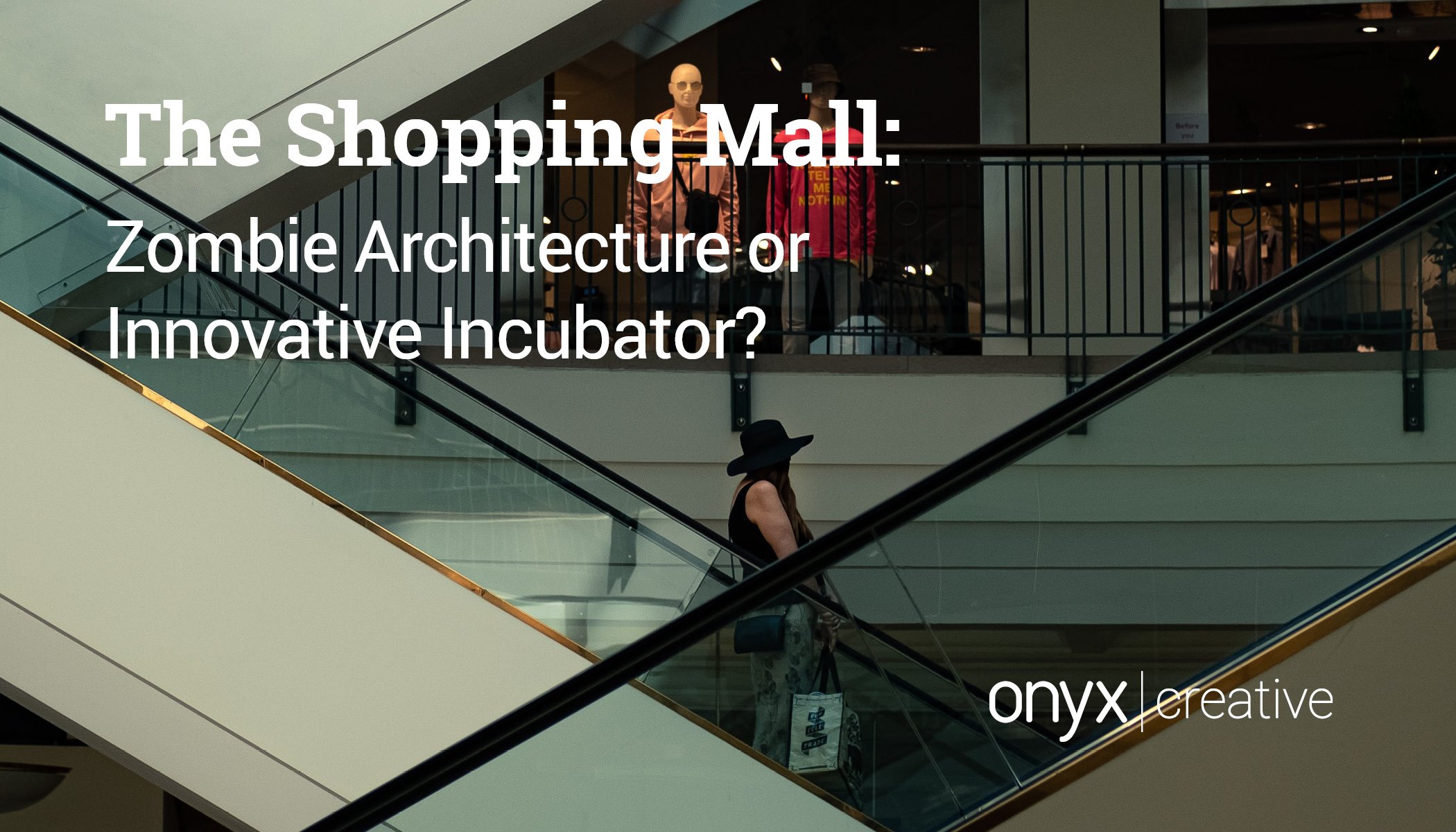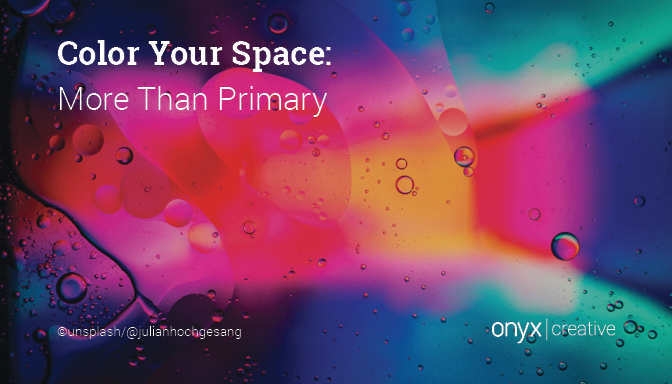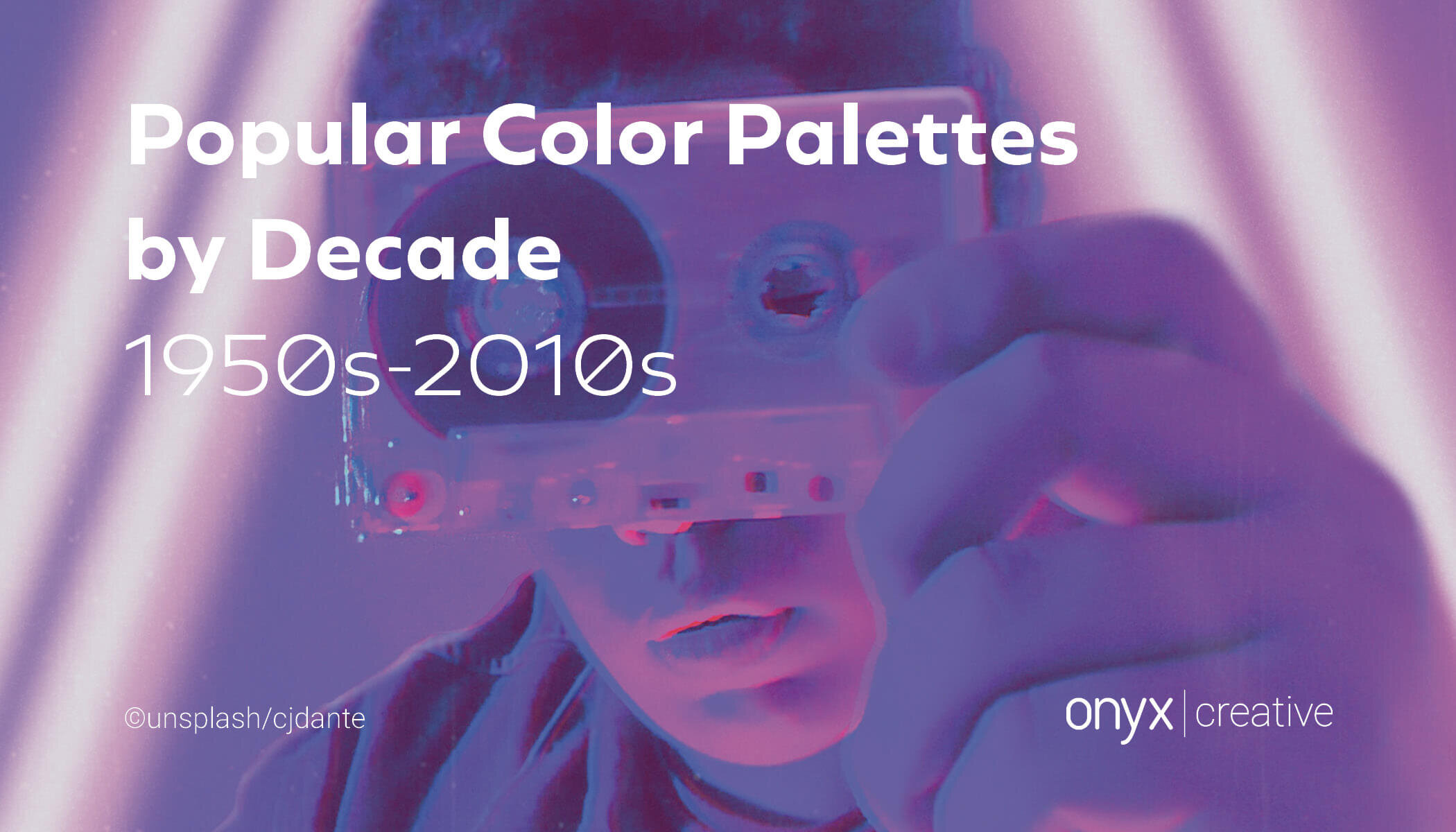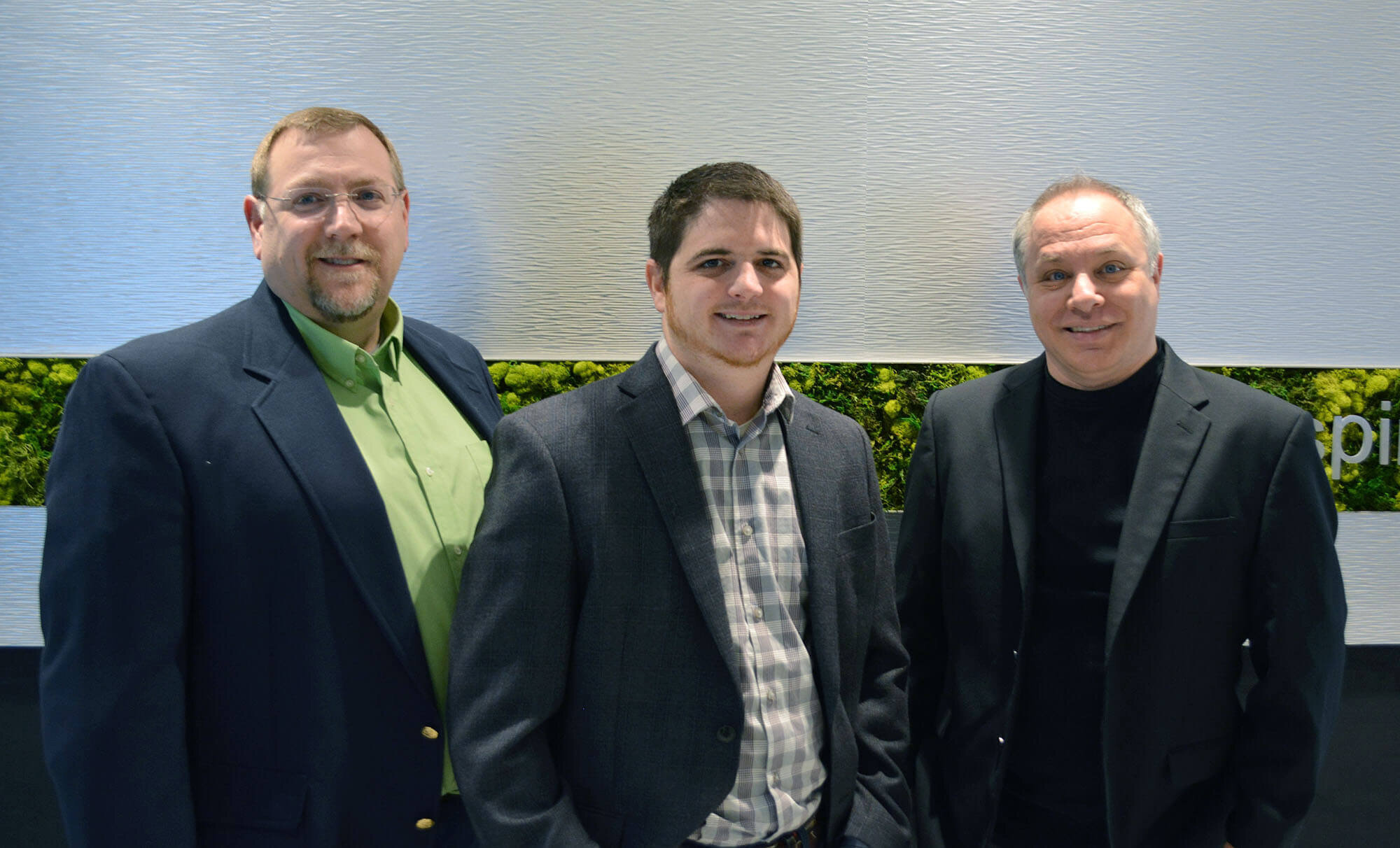Onyx Creative’s President, Mike Crislip, and Sue Tager both know each other from working with New Directions, an organization that provides mental health and substance abuse treatment for adolescents and young adults. Sue, who is the Site Director for New Directions, is also the Executive Director of The Hitchcock Center for Women. We called her one early, grey Cleveland morning to learn more about how The Hitchcock Center for Women helps recovering women with substance abuse issues and about her role as executive director.
1. How does the Hitchcock Center for Women help recovering women addicts?
Sue: The Hitchcock Center for Women has been providing substance abuse services for women and their children for forty years. We are an agency where people can go to find out what the extent of their problem is and what kind of treatment they may need. There is a traditional outpatient treatment where the women can stop in once or more a week for counseling or maybe they are in need of more intensive services. Hitchcock provides the higher level of treatment services as well, including Intensive Outpatient (IOP), and gender-specific (women-only) residential treatment. Recovery housing is also offered at Hitchcock and allows the women to continue their recovery journey by staying in this safe and supportive housing and recovery program until they are ready to transition into the community environment. We are hoping to provide a one-stop shop to connect women and their children with whatever service they may need. What really sets us apart is that a woman can bring her children. This can be an issue when a mother wants to receive treatment, but she is afraid what will happen to her children if she seeks help. At Hitchcock, we help enroll these children into daycare while their mothers are in treatment or connect them to Willson Elementary School, which is right down the street from our facility. We also accept pregnant women into treatment. Overall, we provide a continuum of treatment services for women, specifically pregnant women and women with children up to twelve years old.
2. What is involved with your role as executive director?
Sue: Anything and everything! I’ve been the executive director for a little over two years. It all started with a similar connection. I’ve been at New Directions and have worked there for almost twenty years. At the time when Mike Crislip (Onyx Creative President) was the President of the New Directions Board, Hitchcock Center for Women had worked closely with New Directions on various projects. I entered Hitchcock serving the role of both Clinical and Executive Director. The goal of both roles was to help rebuild, renew and revive what was somewhat of a struggling organization at the time. I didn’t really know what I was getting into at the time. New Directions is more adolescent and young adult focused but helping women has always been a passion of mine. When New Directions was previously a co-ed facility, I was the one that worked on getting the organization more gender specific programming. I am passionate about helping women gain their own voice. I had to learn a lot about babies and medication-assisted treatments. In my role, I help make sure that the agency performs as best as they can. For instance, that we are providing the clinical services needed while also meeting rules and standards operationally and financially. Questioning how we are positioning ourselves for the upcoming year and strategic planning is also a part of the job. Since I’m no longer the clinical director, I’m less directly in charge of the direct treatment and care of the women staying with us, but I’m still engaged with them and make sure they are getting what they need.
Sue Tager was recognized by The MetroHealth System as part of the inaugural class of “Sheroes” for her work in the community. These are amazing women who share their passion for improving the health and well-being of everyone in our community.
3. You were recently honored in December as a “SHE-ROE” by MetroHealth. What can you tell us about the award that you received?
Sue: At the time, I had no clue what the award was! MetroHealth has a committee called Women at Metro Committee that promotes women in general and women in the workplace. One of the committee members had worked with the Hitchcock Center in the past, is really well aware of our mission, what we do, and had done some volunteer work with us. She nominated the Hitchcock Center and me for the work that we do. There were five of us, all recognized as women that are making a difference in their community. Not specifically only women services but geared more towards empowering women. We were the inaugural award winners, so we were the first ones ever! It was really nice to be recognized, certainly by MetroHealth, since Hitchcock works so much with MetroHealth and their efforts with prenatal care and recovering mothers as well. We touch a lot of women’s lives at Hitchcock, so it was great that we were recognized in that way.
4. What has surprised you most about working with the Hitchcock Center for Women?
Sue: What has surprised me most is how many women need this kind of help and seek our help. Our census when I first started working with Hitchcock was lower than expected given the heroin/opiate epidemic. Now we have times when we are already helping thirty women, and there are ten more that want to come in. We always have someone in need, and we want to be able to provide the services to all those that do.
Photo of the Hitchcock Center for Women building located on Ansel Road in Cleveland, Ohio.
5. How many women and children can you accommodate for?
Sue: We have a total of thirty-five residential beds and thirty-two recovery housing units. We could add more, but first we need to repair various parts of the building. We have about ten to fifteen children a month in the facility ranging from newborns to tweens.
6. How do women recover differently than men?
Sue: When the Hitchcock Center for Women was first founded in 1978, women were in need of a recovery space since so many resources were available to men at the time. Most recovery centers at the time might have focused on men alcoholics and not address any specific needs of women. Women come with different needs, for instance, obviously men can’t become pregnant. Women are also more often than not, the primary caregivers of children. Women are more relational and sometimes treatment is more about their relationships with the other clients, with their therapist, staff, etc. Many times the women have had very unhealthy relationships with men in their lives. There is significant research supporting having a gender-responsive facility because women learn differently than men and they will often try to impress the men and take care of the men more so than themselves, and they have different topics that are important to them. Some women patients experience a lot of trauma and since our center is only women and children, the patients can really focus on themselves and what works best for their recovery. Each patient is different, but they also have similar hurdles such as where do they live, who are their friends, etc.
Hitchcock Center for Women 2018 reverse ride along.
7. Does the center connect the patients to positive activities and benefits?
Sue: Yes, both our residential and recovery housing helps connect our patients to positive activities. Our patients can obtain primary treatment while also receiving supervision and support. They look into matters such as what their education is and what do they want to achieve, maybe that is getting a GED or maybe they are interested in vocational training. Most adults that have gotten into legal issues, such as being arrested for substance abuse, have trouble finding and being hired for a job. We can help connect them to agencies that have job readiness and other programs that know they are striving to improve themselves and are willing to hire them. We also connect them to healthcare, dental care and vision care services because most patients don’t have healthcare benefits. It’s all about putting them on the path to a better life.
8. Onyx Creative donated some computers to the center in February last year. How does the organization use technology in the recovery process?
Sue: The computers are predominantly for our staff; however, we want to also use some of them to provide a space and equipment for the clients and children. There are thousands of web-based recovery resources, as well as healthcare and wellness information and access to job searches. The goal is to help them become self-sufficient and responsible when using technology. As most people know, technology is the way most do business and, at Hitchcock, it is no different. We have to document our interactions with clients according to certain rules and standards. We submit funding and insurance information electronically. By your generous donation and others’ donations, we are able to provide all of our staff with functioning computers to do their jobs. We’re getting some our technology up to speed thanks to Onyx Creative and our other donors, which is surprising because we are so outdated!
9. What would you tell someone who is thinking about donating or volunteering?
Sue: As far as volunteering goes, it is best to reach out with an idea in mind of what you’d like to do. For instance, we have people that have painting classes with our patients, spending time with them and doing yoga classes, etc. If you have an idea for activities, feel free to call our clinical director! I’d also like to voice that Christmas is not the only time to donate or volunteer! We have slower donations and volunteers approaching us during the rest of the year, but it really is a year-round need. A cash donation is always helpful because we can use it where there is a need. We have bedding and sheets for patients; however, as you can imagine, given the number of women and children, they need to be replaced. Many of the women were homeless and arrive with nothing. We want to provide them a comfortable home. We’ve had a few contractors donate electrical services when we needed to update our fire alarm systems. We’d love to have a lighting contractor be willing to help with lighting in our parking lot to promote safety near the building! The building is quite large and has many needs so even something as simple as donating plumbing fixtures or paints would also be very helpful to keep our systems up to date. We actually get a decent amount of toys and clothes for children but we are in great need of women’s clothing. Next time you clean your closet out, think of us! Our biggest project right now is getting funds to create a functional kitchen in our recovery housing program. This would allow us to teach healthy eating habits and how our women can take care of themselves and their children by cooking quick, easy and healthy meals. Some people don’t think they have anything to donate, but yes they do! Can you pick up a paintbrush, can you read to the children, etc. Anything can help us.
Hitchcock Center for Women 40th annual breakfast.
10. What do you wish everyone knew about this cause?
Sue: These women deserve to have treatment. The treatment works. People do change their lives. I’ve absolutely witnessed the difference in a woman’s recovery, her kids, her kid’s kids and her community. It’s not just the positivity of treatment and recovery of one person; it’s for everybody. We recently had our 40th annual breakfast and one of our alumni, who also happens to be on our board, was there with her daughter. We have some children that grew up in Hitchcock while their mothers were receiving treatment, and they are now grown and becoming the first person in their family to finish college. I want people to know that it is possible to break the cycle of poverty, homelessness, addiction and trauma if given the opportunity. It has such a huge impact, and it’s amazing. This is why I do this, and this is why I have done this my entire career. You’ve got to have hope and believe that it’s possible.




































